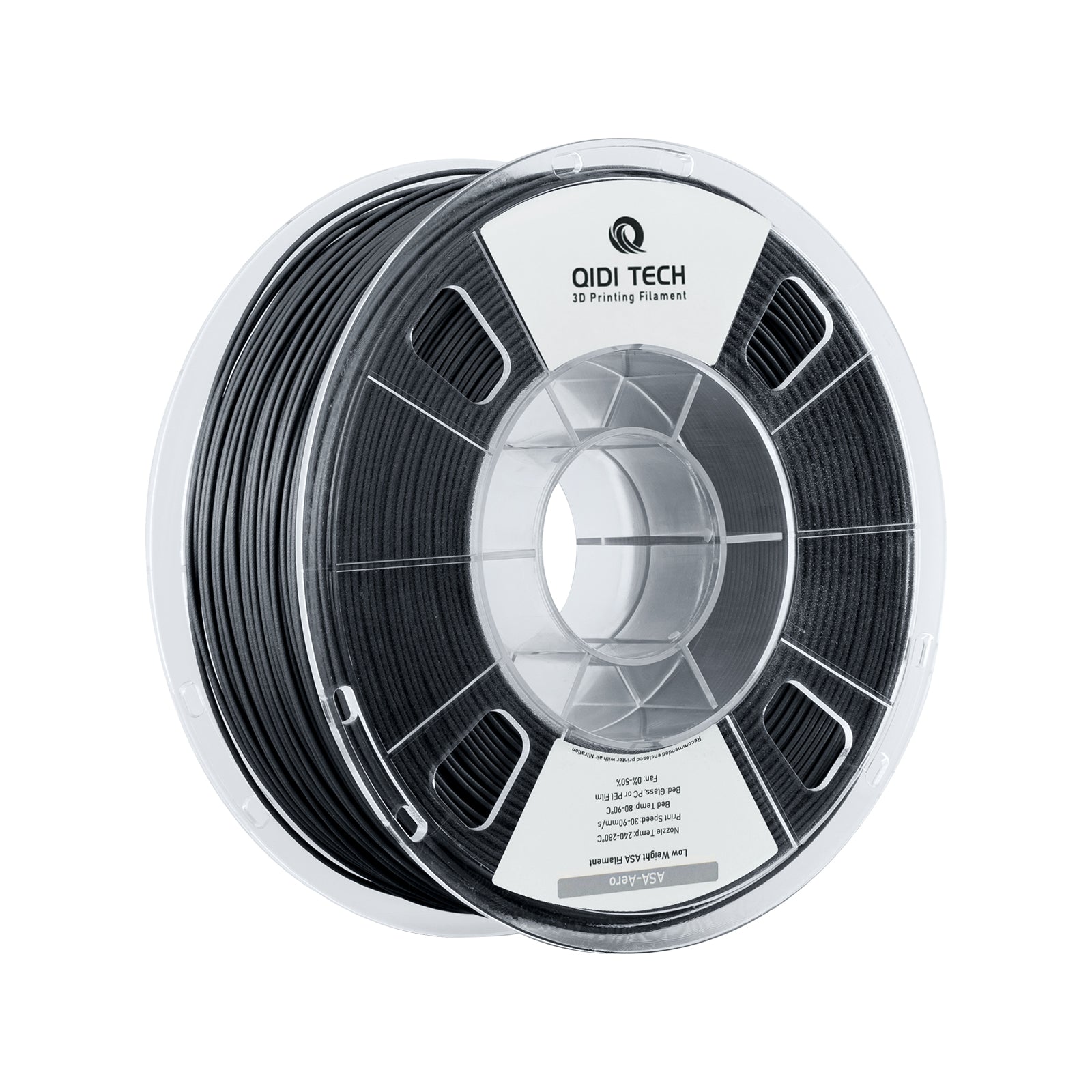In the ever-evolving world of industrial applications, the demand for durable and reliable materials is paramount. One such material that has gained significant traction is the high-temperature ASA filament. This guide delves into the intricacies of this remarkable filament, exploring its properties, benefits, and various applications in the industrial sector.

Understanding High-Temperature ASA Filament
ASA, or Acrylonitrile Styrene Acrylate, is a thermoplastic polymer known for its exceptional weather resistance and mechanical properties. When we talk about high-temperature ASA filament, we refer to a variant that can withstand elevated temperatures, making it ideal for demanding industrial environments. This filament is particularly valued for its UV resistance, impact strength, and ease of printing, which collectively contribute to its widespread adoption.
Key Properties of High-Temperature ASA Filament
One of the standout features of high-temperature ASA filament is its ability to endure prolonged exposure to harsh conditions without degrading. Here are some of its key properties:
- UV Resistance: Unlike other polymers, ASA does not yellow or degrade when exposed to sunlight, making it perfect for outdoor applications.
- Heat Resistance: High-temperature ASA filament can withstand temperatures up to 105°C, ensuring stability in high-heat environments.
- Impact Strength: The filament exhibits excellent toughness, which is crucial for parts subjected to mechanical stress.
- Dimensional Stability: ASA maintains its shape and size even under varying environmental conditions, ensuring precision in industrial components.
Applications in Industrial Settings
The versatility of high-temperature ASA filament makes it suitable for a wide range of industrial applications. Here are some notable examples:
- Automotive Parts: ASA's heat resistance and durability make it ideal for manufacturing automotive components such as grilles, mirror housings, and interior trims.
- Outdoor Signage: Thanks to its UV resistance, ASA is perfect for creating long-lasting outdoor signs and displays that can withstand the elements.
- Electrical Enclosures: The filament's insulating properties and dimensional stability make it suitable for producing electrical enclosures and housings.
- Prototyping: ASA's ease of printing and post-processing capabilities make it a favorite for rapid prototyping in various industries.
Advantages Over Other Filaments
When compared to other filaments like ABS or PLA, high-temperature ASA filament offers several advantages:
- Weather Resistance: ASA outperforms ABS in terms of UV resistance, making it a better choice for outdoor applications.
- Heat Tolerance: While PLA is easier to print, it lacks the heat resistance of ASA, limiting its use in high-temperature environments.
- Surface Finish: ASA provides a smoother surface finish compared to ABS, reducing the need for extensive post-processing.
Conclusion
The Ultimate Guide to high-temperature asa filament in Industrial Applications highlights the significant role this material plays in modern manufacturing. Its unique properties, such as UV resistance, heat tolerance, and impact strength, make it an invaluable asset in various industrial settings. Whether you're in the automotive industry, creating outdoor signage, or developing electrical enclosures, high-temperature ASA filament offers a reliable and efficient solution. Embrace the potential of this versatile filament and elevate your industrial applications to new heights.








